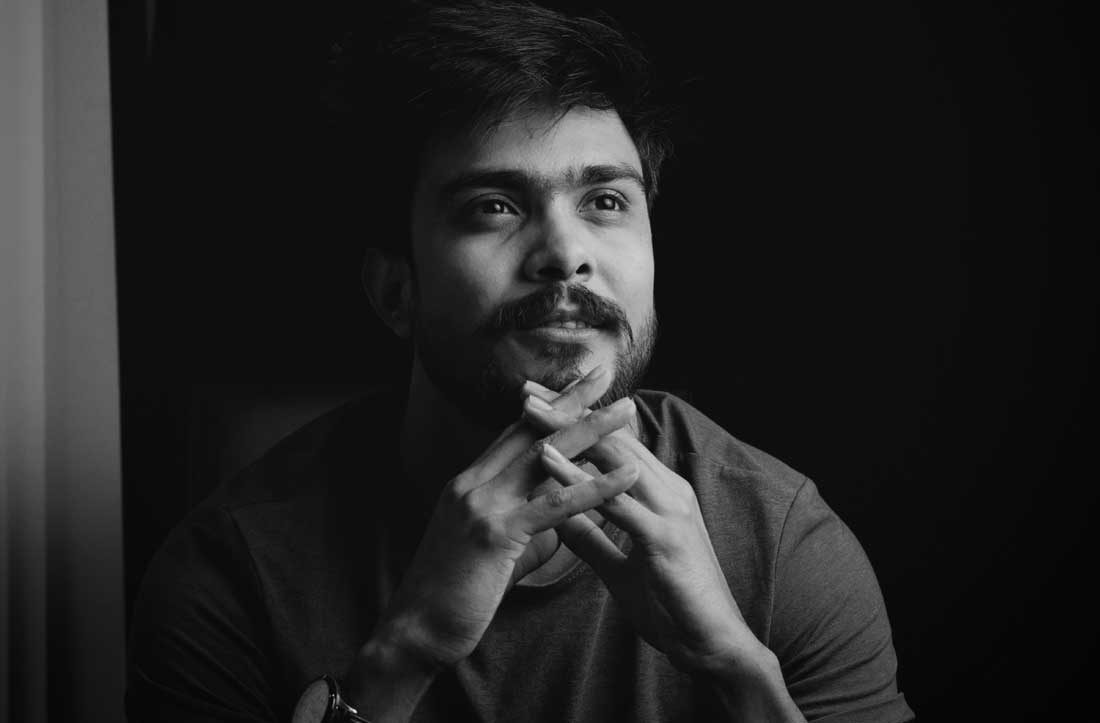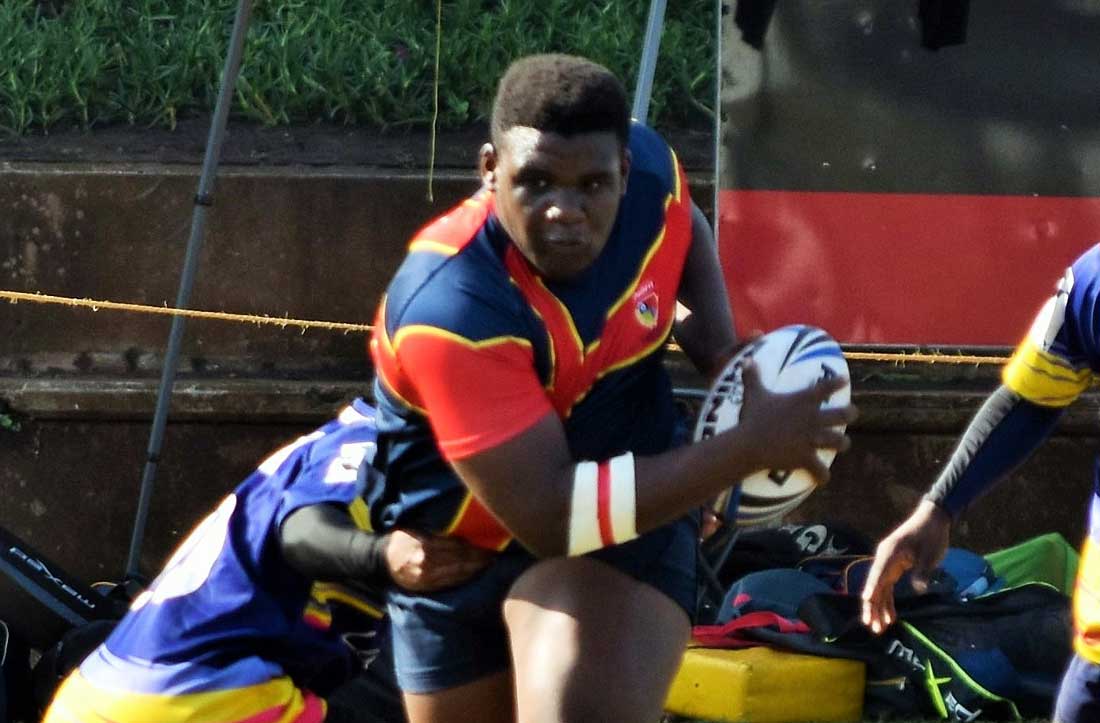
People contribute to groups and teams through slots and roles, in much the same way as the cast of a play brings a script to life through their performances.
- ‘Slots’ are the positions that people fill ('slot into') on an organisation chart or in a cast of players, for example. Slots give structure to formal and informal groups, with each slot given an identity to denote its function or purpose.
-
‘Roles’ refers to the variable behaviours of group members. Each member's interpretation and delivery of their slot’s agenda influences the way the narrative unfolds.
In a dynamic group, any one person might contribute three or four roles, switching between them as opportunity arises. When a team has more than seven to nine members, roles can become over-populated as everyone tries to interpret and contribute their lines.
Over-supply of roles brings competition for openings to contribute, which can lead to exclusion and alienation. Missing or weak role contributions are equally problematic. In particular, small groups may have role vacancies and lack balance in their processes.
When there is little or no opportunity to contribute a preferred role, team members may feel shut out and undervalued. It makes little difference whether they are squeezed out by competition for scarce opportunities, or that their preferred roles are not currently relevant, negative feelings emerge.
This affects team morale and performance, as members unconsciously adjust their behaviours and continue to seek recognition, and lack of opportunity to contribute may lead to idle team members influencing the work process to create a need for their role.
Note: Groups and teams are not necessarily assembled in one place, such as in a shared workspace or in a meeting room. The concepts in this post apply equally to distributed or remote teams.
12 mission-critical behavioural roles observed in dynamic groups
Promana’s modelling of organisational behaviour identifies twelve key roles that affect team dynamics. These roles are not formally allocated to team members by direction or by election - they're simply part and parcel of participants’ normal behavioural repertoires.
Role #1, the Initiator

An initiator is not necessarily the formal leader of a team. Roles are not assigned according to the organisational slot the member fills, and anyone may take the lead in their area of competence.
Initiators are the first to make a move. They prepare for or begin an action or task, setting the direction and triggering events. They influence other people's thinking and suggest specific ways and means of proceeding.
An initiator’s influence depends on acceptance of a need for the role in the group. If the group is well-established there may be little or no call for new initiatives.
Role #2, the Follower

Followers expect to be told what is wanted, and how, when and where to deliver it - but they won't necessarily want to know why it's needed. Followers are amenable, and sometimes, apathetic until stimulated, fitting in easily with others’ plans. They respect competent leaders, responding to acceptance and keeping in with others. They seldom step out of line.
As an alternative to this role, team members may prefer the supporter role (see below), which enables them to contribute proactively. But, as with initiators, the combination of this role with two or three others will determine the person’s actual behaviour in a team or group.
Role #3, the Coordinator

Coordinators influence their team’s process to coordinate activities and timings, and to encourage cooperation. They keep track of group interaction to guide the assembly of all contributions in a logical framework.
They encourage inactive members to participate and separate overlapping inputs, such as when people talk over one another. This is part of the formal leader’s slot function, but that does not ensure that it will be included in their behavioural repertoire.
Role #4, the Liaisor

Liaisors provide a link with their team’s ‘outside world’, whether within their parent organisation or in a larger community. In either case, one or more people in a group emerge as go-betweens with other groups, keeping both parties in the picture.
The need for this role varies according to the purpose of the group.
Liaisor behaviour is often associated with sales and marketing people or others who have to spread or gather information, even at a social level. It also has links with the factor ‘reaching-out’, discussed in the team building blog post.
Role #5. the Ideator

Ideators generate ideas, sometimes endlessly it can seem. They are innovative thinkers who process and pass on their thoughts and creations to others. They recognise good ideas mooted by other people.
They easily find a way around obstacles – at least in concept – but may not always have the practical skills to translate their ideas into action.
Rejecting or discarding their ideas without considering the effect on the person switches them off, lowers their morale and may build resentment. These team members might withhold their ideas deliberately when:
- The ideator role is oversubscribed, with too many competing for air time
- Fresh thinking is alien to the team’s culture
- Team members are eager to get on with the action
- Others fear rejection or ridicule
- No one listens or understands, why waste time?
Role #6, the Activator

Activators encourage, inspire or impel team members to take action, providing stimulus and impetus to others. They appeal to inner motivations, stir feelings and appeal to reason. They explain the benefits of taking action and the disadvantages of doing nothing.
Their approach will alternate between supportive and directive, to suit the social processes followed by the team.
Role #7, the Clarifier

In a group, clarifiers act both as conscience and as devil's advocate. They examine all contributions critically and speak out when they find fault.
Other role players will prefer to avoid discord and confrontation. They may perceive a clarifier as being critical and negative, missing the real issue or intention, and seek to suppress the censor’s inputs.
Role #8, the Supporter

The Supporter role is focused on the success of others, sometimes actively, sometimes passively. Support is centred on the recipient and may be given in any form, any way or in any situation.
Supporters want others to succeed. They offer advice and understanding, and encourage others to strive for what they want. They show that they care about the success of others by helping them through difficulties.
Role #9, the Mediator

Mediators seek to resolve differences within their team. They see both points of view but don’t take positions on who is right or wrong. Mediators look for points of agreement and try to reduce friction without taking sides. They help others see alternative points of view and get others to review their position on issues.
The role is useful and necessary, but oversupply of mediators in a group leads to unproductive competition for the role, due to duplication and overlap. With little opportunity to contribute their favoured role, mediators may – albeit unconsciously – encourage friction and conflict so that demand for their role increases.
Role #10, the Monitor

Monitors check progress against intentions, pointing out discrepancies and suggesting corrective action. Monitors scrutinise team transactions to check on progress and make sure the group passes key checkpoints. When the group wanders off course, the monitor recommends corrective action and checks that the team gets back on target.
Role #11, the Implementer

Implementers provide the call for action! This role is commonly oversubscribed in teams, and its dominance can suppress other roles' contributions. Premature action may follow before all aspects of a topic are considered.
However, without the implementers’ input, groups may procrastinate until they are doubly sure everyone is ready to proceed.
Role #12, the Administrator

Administrators make sure the right things are done at the right time and in the right order. They think things through to provide a smooth flow of action, using simple, flexible systems and processes. They prepare for the unexpected, keeping plans and processes simple and up-to-date.
They apply five principles:
- Simplicity in planning and organising
- Coordination of components and activities
- Economy of effort and resources
- Foresight and preparedness
- Flexibility of process and execution.
The administrator’s contribution may seem bureaucratic, tedious and time wasting to other team members who may move to suppress the administrator role.
Summary
Group dynamics operate through two mechanisms. One of these, the task achievement process, enables slot-holders to fulfil the group’s established purpose. This process is tangible, able to be discussed openly and modified as required. The second mechanism, the social interaction process, is expressed through the team’s reciprocal behaviours.
Team roles are one facet of social interaction. Other facets include each member’s action style, communication patterns and personal agendas – these are explained in other posts.
Role competition, conflict and confusion are causes and indicators of group dysfunction.


